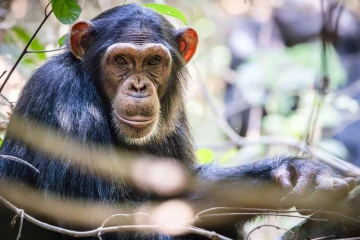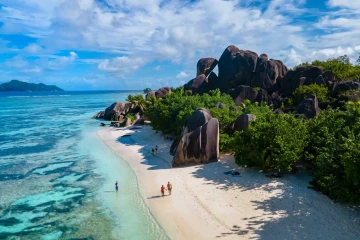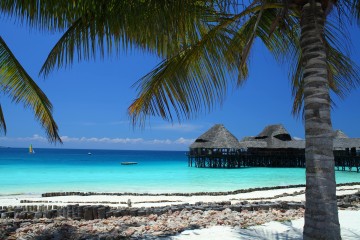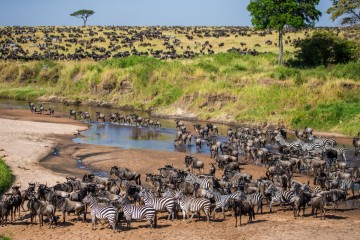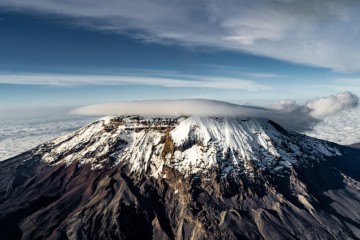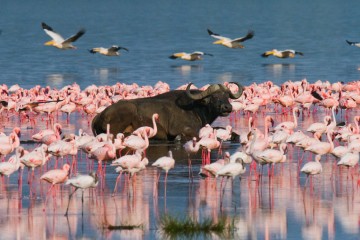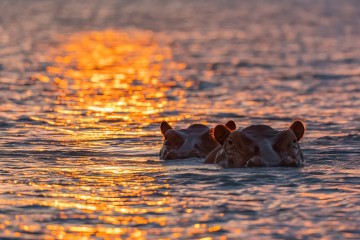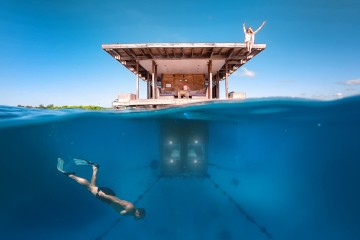Tanzania Tours & Safaris
Tanzania is a destination that captures the imagination and leaves a lasting impression. With its remarkable wildlife, stunning landscapes, and vibrant cultures, Tanzania offers a journey of discovery and adventure like no other.
One of Tanzania's most renowned highlights is the Serengeti National Park. This vast expanse of wilderness is famous for the annual Great Migration, where millions of wildebeest, zebras, and other herbivores traverse the plains in search of fresh grazing lands. The Serengeti is also home to an abundance of predators, including lions, cheetahs, and leopards, providing thrilling wildlife encounters.
Another must-visit destination is the Ngorongoro Conservation Area, which encompasses the breathtaking Ngorongoro Crater. Often referred to as the "Eighth Wonder of the World," is a massive caldera teeming with an incredible concentration of wildlife. Here, you can spot elephants, lions, rhinos, buffalos, and numerous other species in their natural habitat. The conservation area also offers opportunities for cultural immersion, as it is inhabited by the Maasai people, who have maintained their traditional way of life for centuries.
For those seeking remote and untamed wilderness, the Nyerere National Park (formally Selous Game Reserve) is an ideal choice. As one of the largest protected areas in Africa, Nyerere offers a vast and diverse landscape that includes rivers, woodlands, and grassy plains. It is home to a wide array of wildlife, including elephants, hippos, crocodiles, and an impressive variety of bird species.
The Ruaha National Park, located in the Southwest, beckons with its rugged beauty and incredible biodiversity. Spanning vast savannahs, acacia woodlands, and the Great Ruaha River, this park is renowned for its large population of elephants and diverse range of predators, including lions, leopards, and cheetahs. Exploring Ruaha allows for an intimate and immersive wildlife experience.
In the north, the Tarangire National Park offers a unique landscape dotted with ancient baobab trees. This park is known for its large elephant herds and a remarkable variety of birdlife. Tarangire's distinct ecosystem, especially during the dry season, attracts an abundance of wildlife, making it a prime spot for game viewing.
The Mahale Mountains National Park presents a different kind of wildlife experience. Situated on the shores of Lake Tanganyika, this park is home to one of Africa's largest populations of wild chimpanzees. Trekking through the lush forests of Mahale Mountains provides a rare opportunity to observe these primates in their natural habitat.
If you wish to embark on an extraordinary journey through the wonders of Tanzania, a land of captivating beauty and diverse experiences, contact us to assist with planning your ultimate adventure.
